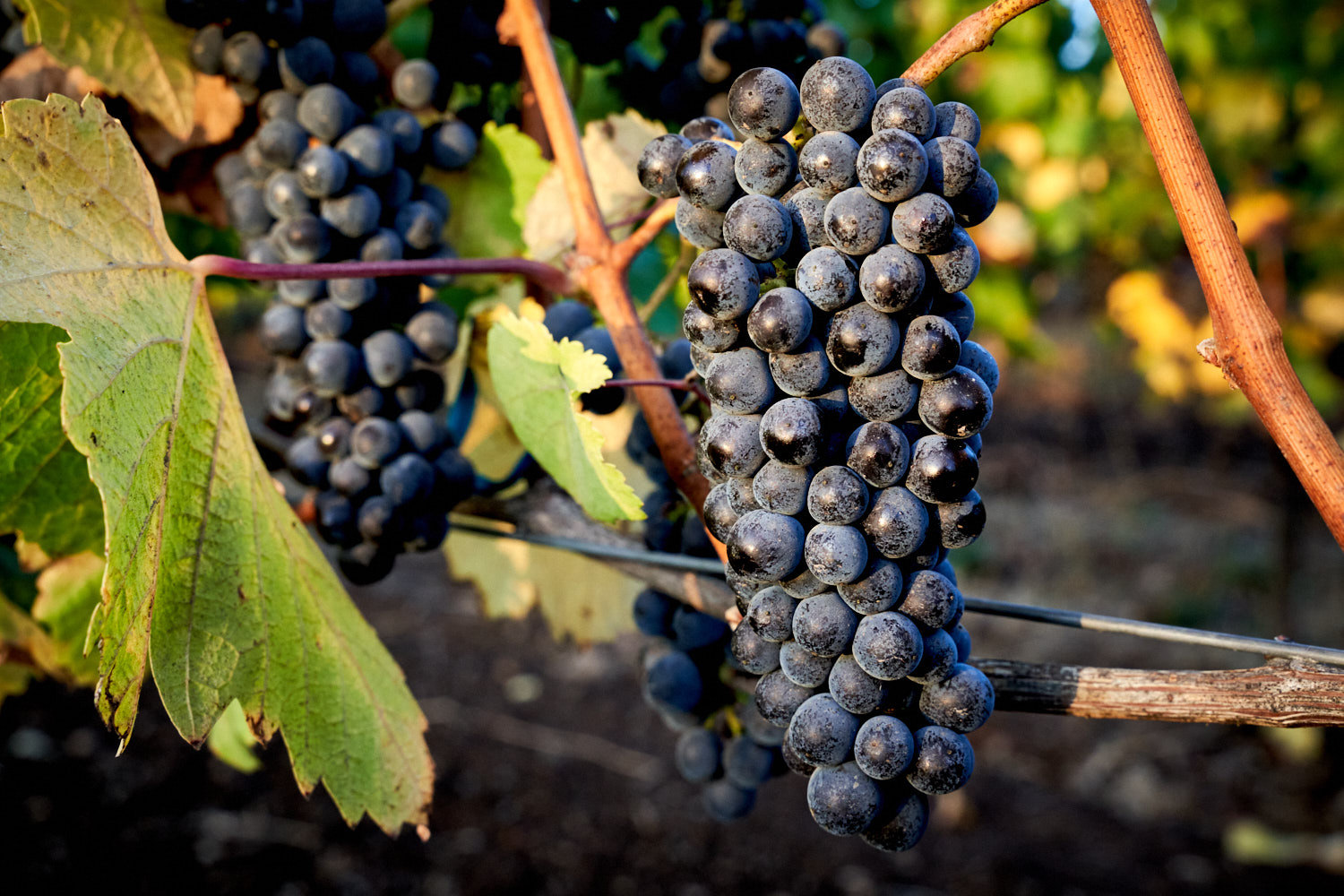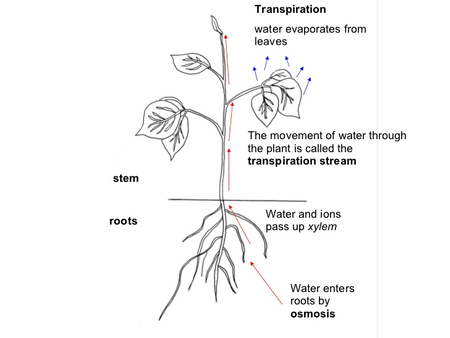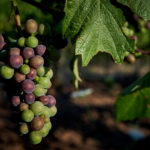
The effects of water on tannin levels in grape development – Part two: Plant physiology
In February, I had the pleasure of speaking at the Oregon Wine Industry Symposium on a panel talking about grape and wine tannins. Anna Matzinger, Steve Price and I wanted to clarify what tannins are, how their levels in wine affect texture and structure of the wine, where tannins come from, the role of soil moisture on grape tannin levels and how harvest date affects quality of tannins.
I was tasked with talking about the relationship between soil water status and grape tannin levels. It was a great opportunity to improve my understanding of the relationship, and helped me come to terms with the difference between dry farming here in the Willamette Valley and the irrigated vineyards in Southern Oregon. On dry farmed sites factors like soil type, depth and texture, along with the seasonal rainfall have a profound effect on tannin level. In vineyards where there isn’t enough soil moisture to sustain the vines for the entire season, supplementary irrigation is needed. In those vineyards you have more control over the tannin levels of the grapes. To understand this topic and prep for my panel discussion, I studied three key disciplines: 1) soil science; 2) plant physiology; and 3) irrigation management.
Before I get into this I will say that I think the Internet is great for researching topics but I really like books.
PART TWO: PLANT PHYSIOLOGY
 No one has written a better book on grapevine anatomy and physiology than Markus Keller: The Science of Grapevines, 2010. This was my go to resource for trying to understand how the plant responds to water.
No one has written a better book on grapevine anatomy and physiology than Markus Keller: The Science of Grapevines, 2010. This was my go to resource for trying to understand how the plant responds to water.
Plants uptake water though their roots via osmosis. It is transported up the xylem to the leaves and out through the stomata. The negative pressure (tension) in the stomata pulls the water from the roots to the leaves. The tension in the leaves has to be greater that the tension in the xylem and the soil to effectively move the water. Therefore the tension in the soil affects the tension in the plant.
An increase in soil tension due to evaporation and transpiration (evapotranspiration or ET) causes a higher increase in xylem tension which, in turn, slows shoot growth and can stop shoot growth all together.
The drying of the soil also causes abscisic acid to be produced (ABA) in the roots. ABA is then transported around the plant where it has many effects.
- ABA helps regulate stomatal conductance. An increase in ABA closes the stomata so the plant loses less water.
- ABA works against Auxins which stimulate cell elongation and apical dominance. ABA production, like xylem tension helps to slow and stop shoot growth.

